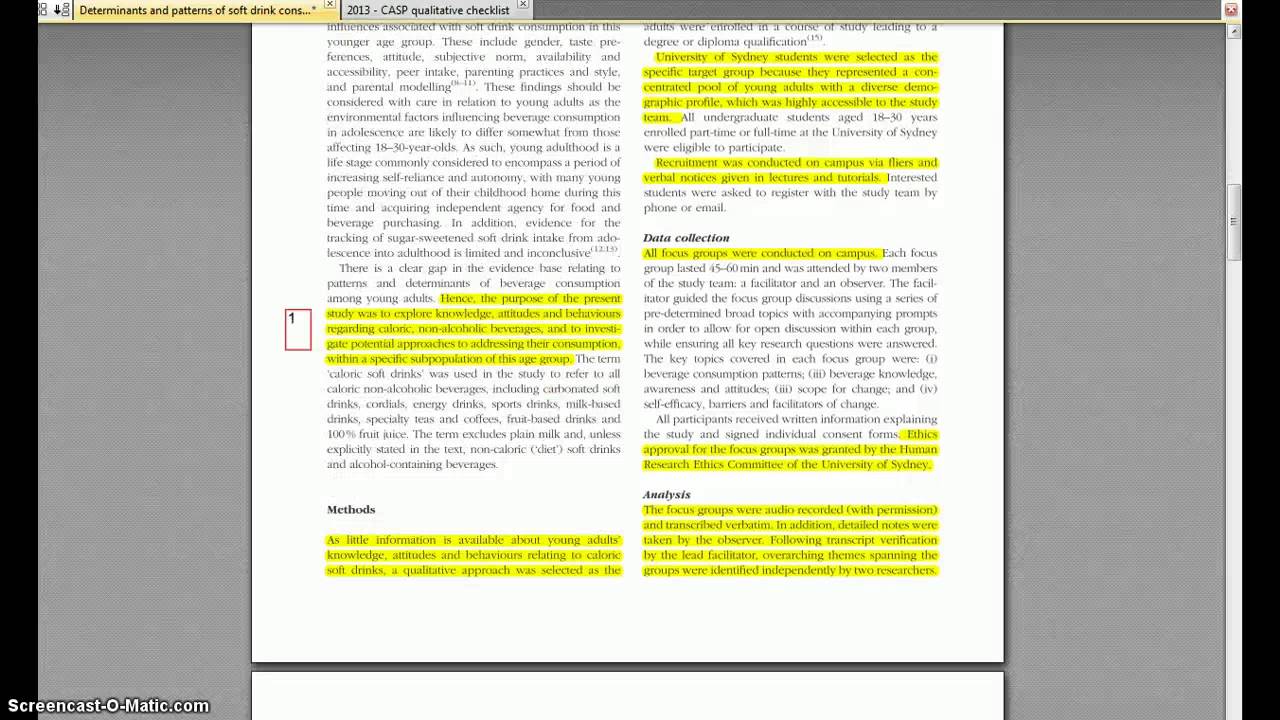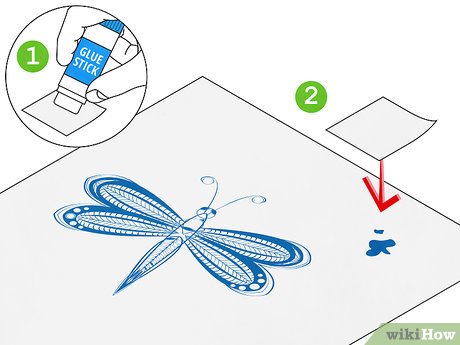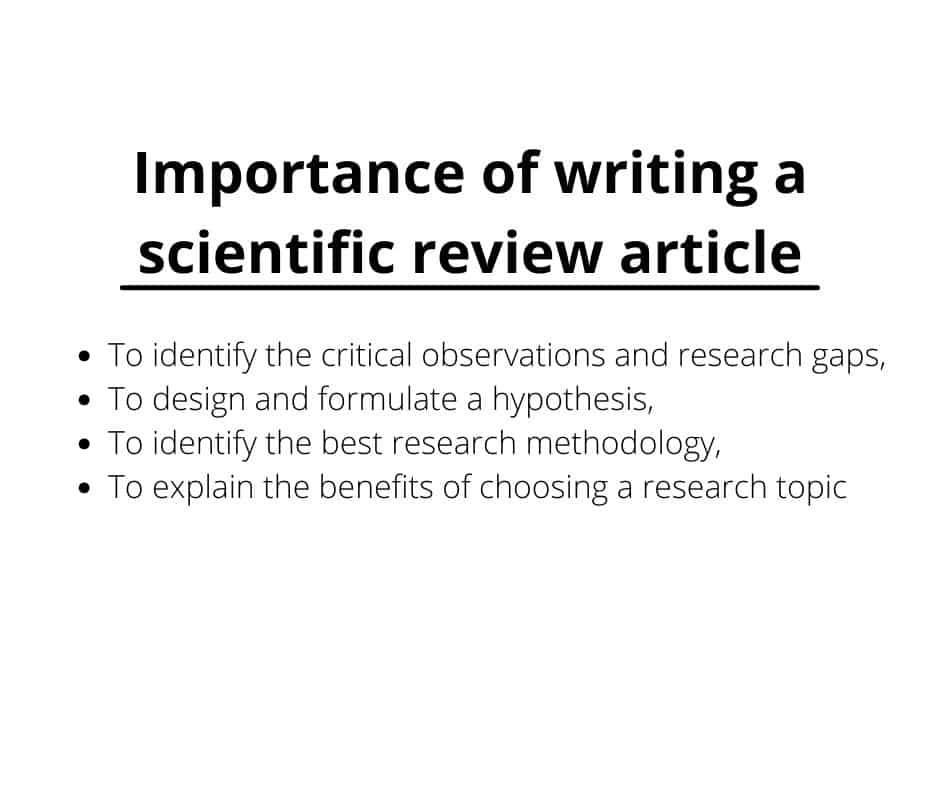There are three main parts of a critical appraisal. The first part is the conclusion, which is where the research is evaluated. In this part of the paper, you will present facts and figures that support your findings. You will also discuss the statistical tests used and whether or not they were valid and appropriate for the work conducted. Then, explain how the tests were conducted and the results that you derived from them. Make sure that you present evidence of objectivity.
Methods
Performing critical appraisals of research papers is a crucial skill in modern medical practice. This skill set is developed over the course of a professional career. It is an essential part of evidence-based practice and integrates with clinical experience and patient preferences. It is a critical component of clinical practice and must be mastered to be effective in your clinical practice. Learn how to conduct critical appraisals of research papers in your career.
This process evaluates a research paper’s validity, trustworthiness, and relevance to practice. When searching for literature online or in a journal, you may find an overwhelming amount of articles, each with varying quality. Critical appraisal is an excellent way to limit this burden and focus on high-quality, relevant articles. Here are a few tips to help you get started. The best research begins with evaluating a research paper’s results.
Tools
One problem with most tools for writing a critical appraisal of a work is that they are not designed for the research paper in question. For example, the tool that was designed to review a research paper failed to point out a major problem with the methods of analysis. This problem should have been addressed in the paper’s methodology section. But since the research paper was about a topic that is largely unrelated to the study’s objectives, the tool’s criteria were not particularly useful.
To create an appraisal tool that will be useful to reviewers, researchers should consider the following factors. The sample size: The study used to measure the effect of interventions was only valid when 16 schools with 1582 students were included. It should be reported by researchers to make sure that the sample size is representative of the whole population. However, if the sample size is too small, the tool will fail to assess the study’s effectiveness.
Steps
The steps to writing a critical appraisal of a work of research should include the following areas: identification of the type of study, selection of appropriate criteria, performance of the appraisal, and synthesis and use of the results. These steps are applicable to both qualitative and quantitative research. In both cases, the reviewer must defend a number of decisions. The process of writing a critical appraisal should be as structured as possible to ensure its accuracy and completeness.
The first step is to reflect on one’s own beliefs and values. Identify and acknowledge the biases that may affect his or her critical judgment. Critical friends may be useful for this. Ultimately, self-reflection will help the reviewer determine appropriate tools and criteria. Once the reviewer has defined his or her values, they should be able to justify their selection of criteria.
Self-reflection
One of the most important aspects of writing a critical appraisal is ensuring self-reflection in the process. It is important to note that self-reflection is a process which leads to improvement in the learning process. In other words, this process involves exploring the connections between your ideas and knowledge. Moreover, it improves your understanding of the subject matter and your own work.
Although the relationship between self-reflection and academic achievement is not clear, it is clear that self-reflection enhances learning. However, self-reflection is not a measurable skill, which may explain the lack of correlation between student reflection and academic performance. As per the findings of Moon and Schmidt, students who kept a journal were more aware of their cognitive strategies and developed more complex knowledge structures when they learned from a text.
Critical friends
Critical friends are the people who look critically at the study work of others. They may be harsh critics or gentle, but their role is to improve the researcher’s research and work. They do not only point out flaws, but also praise good practices and promote effective ideas and strategies. However, it is important to choose the right critical friend. Here are some tips to choose the right friend.
o Ask colleagues, supervisors, and/or peers. These people may not be as knowledgeable or experienced as you are, but they can be helpful in various ways. For instance, a PhD student can turn to a co-supervisor to get help with their research. In addition to supervisors, students can also find writing friends through social media. Ultimately, you need to find someone who can provide constructive feedback.




